|
Three of the largest human-caused environmental disasters in recent memory were the result of technological failures within mining systems: the Mount Polley disaster in British Columbia; the Gold King mine disaster in Colorado; and the Bento Rodrigues mine disaster in Brazil. Mining systems are composed of three main elements: human, material and environmental. Within mining systems, human actors rely on knowledge, expertise, and material technologies to interact with ore bodies - and in order for mining systems to successfully function, the human and material elements need to be adaptable to environmental changes. In the three environmental disasters listed above the mining systems failed, due to a mixture of negligence, technological malfunction, and environmental change. In 2005, PolyMet mining purchased the former Erie/LTV taconite processing facility located at Hoyt Lakes, MN. And, as of March 3, 2016, plans are in place to begin mining and processing copper ores at the former facility, and depositing tailings in the existing tailings basins, described by PolyMet as follows: "The tailings basin already exists as a result of iron ore processing during the last half of the twentieth century. The solid tailings and the water are separated in the tailings basin. The solids are permanently stored there and the water is returned to the process plant to be reused. Water from the tailings basin will be recycled over and over again in the processing circuit.Tailings basin water, like other water on the site, is in the neutral pH range. Many years of laboratory testing has demonstrated that these tailings will not generate acid. The use of the existing tailings basin greatly reduces the environmental disturbance of the new mine. Before we put the existing tailings basin back into use, however, we will upgrade it with a collection system to control leakage and pump it back into the tailings basin. Tailings basins are highly engineered structures that are continuously maintained, monitored and inspected to ensure stability. At closure, a permanent pond will be formed at the tailings basin. The pond bottom and exposed beach areas will be amended with bentonite to limit oxygen infiltration and water percolation into the tailings." http://www.polymetmining.com/northmet-project/mining-process/ Here are aerial images I've stitched together showing the development of this tailings basin overtime. I'm not sure if they really serve any scientific purpose, but they are interesting artifacts nonetheless. What I do see is that the Northeast section seems to have significantly less structural integrity than the rest of the basin. Since mining disasters continue to occur, and, due to climate change, their prevalence will likely accelerate in the coming years - I wonder if industrial heritage and archaeology can be applied to identify, interpret, and remedy potential environmental disasters related to failed, or failing, mining systems before the devastate ecosystems and societies?
I believe that Industrial heritage, through the recognition process, has the potential to meaningfully address contemporary concerns related to the relationship between industrial decline and environmental degradation in ways that other fields have yet to approach. Rodney Harrison argues that heritage is “formed in the present and reflects the inherited and current concerns about the past.”[1] I argue that heritage concerns regarding mining have failed to account for the direct and indirect impacts on the environment. As someone invested in industrial heritage, I argue that present concerns over historical and contemporary mining sites are justified, and, for industrial heritage to stay relevant, the official heritage discourse needs to be reflective of these concerns. What do you think? [1] Rodney Harrison, Heritage: Critical Approaches (London: Routledge, 2013) 14.
3 Comments
1/17/2018 17:32:45
Would like to receive copyright permission to use your graphics.
Reply
John Baeten
1/18/2018 06:42:12
Hi Sally,
Reply
Leave a Reply. |
AuthorJohn Baeten is a Postdoctoral Fellow in Spatial Analysis of Environmental Change in the Department of Geography at Indiana University. He holds a PhD in Industrial Heritage and Archaeology from Michigan Technological University. His research aims to connect historical process to current environmental challenges, and to contextualize the environmental legacies of industrialization as meaningful cultural heritage. Archives
September 2018
|
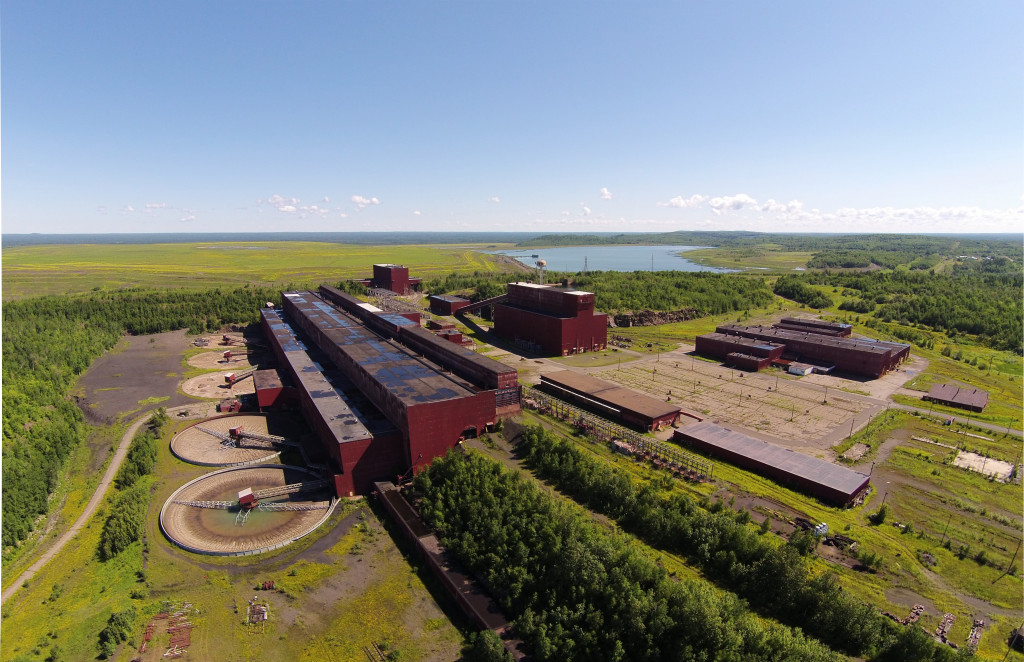
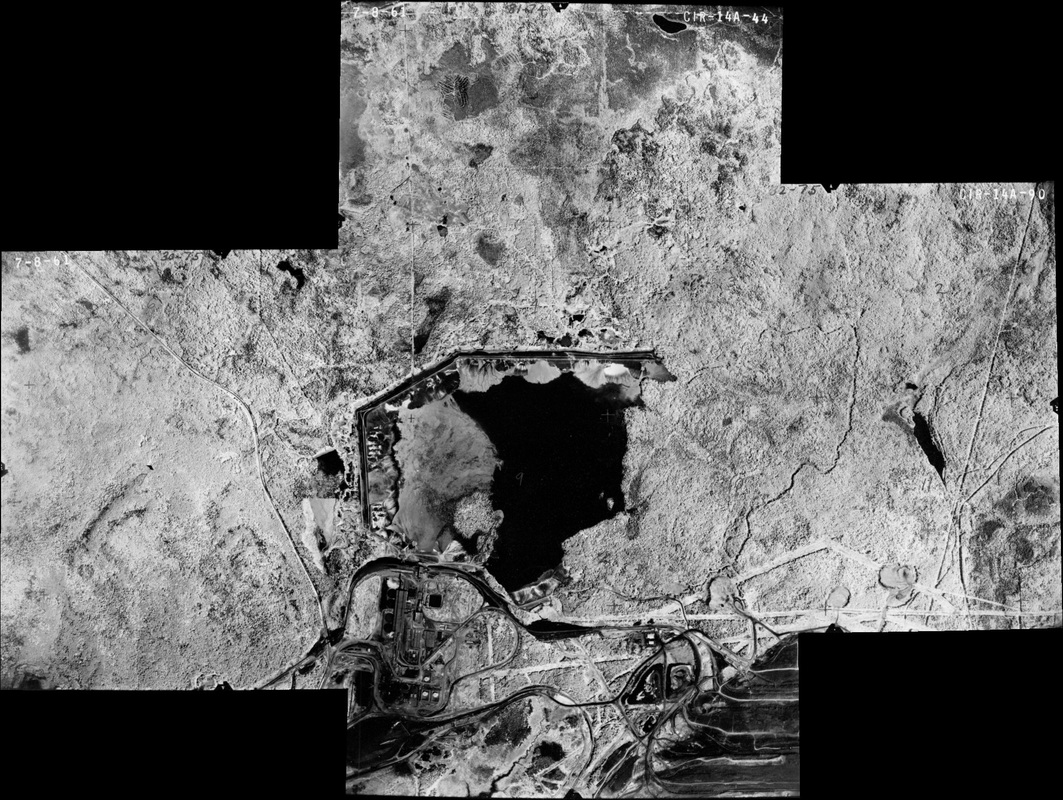
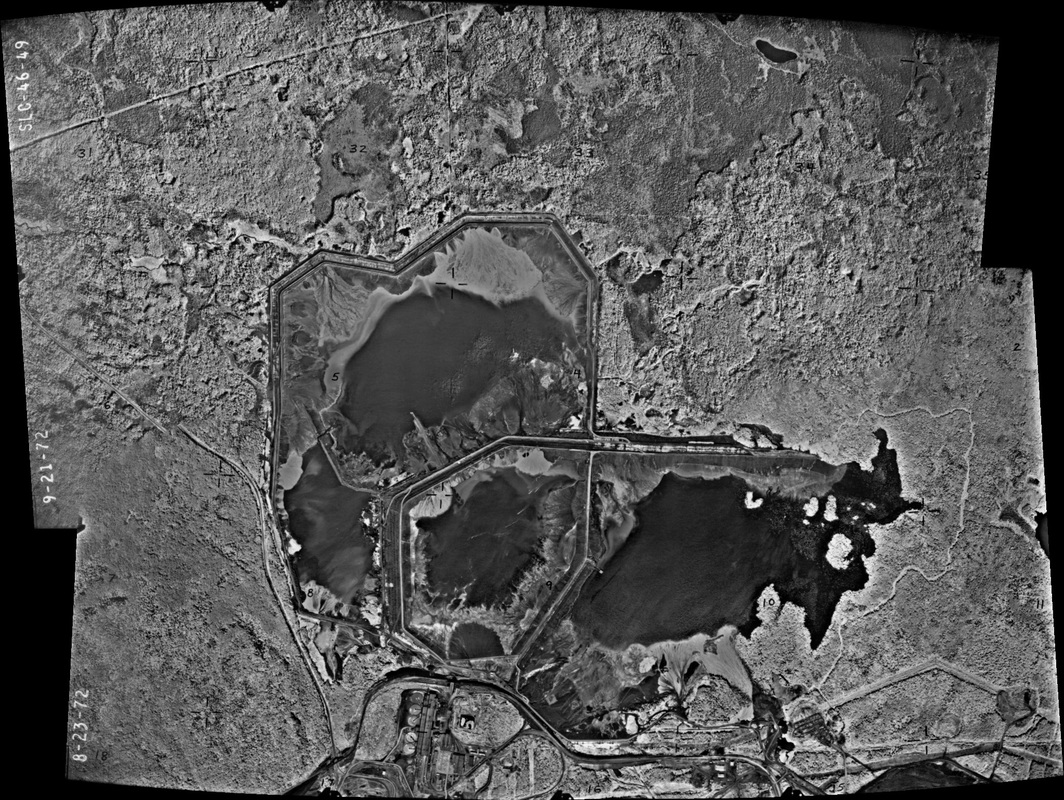
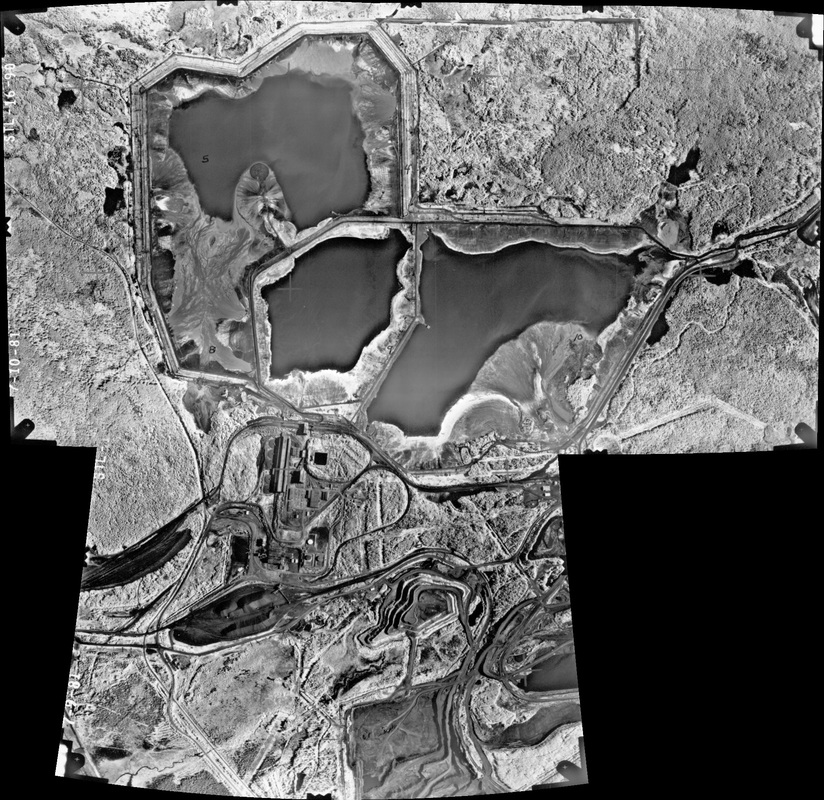
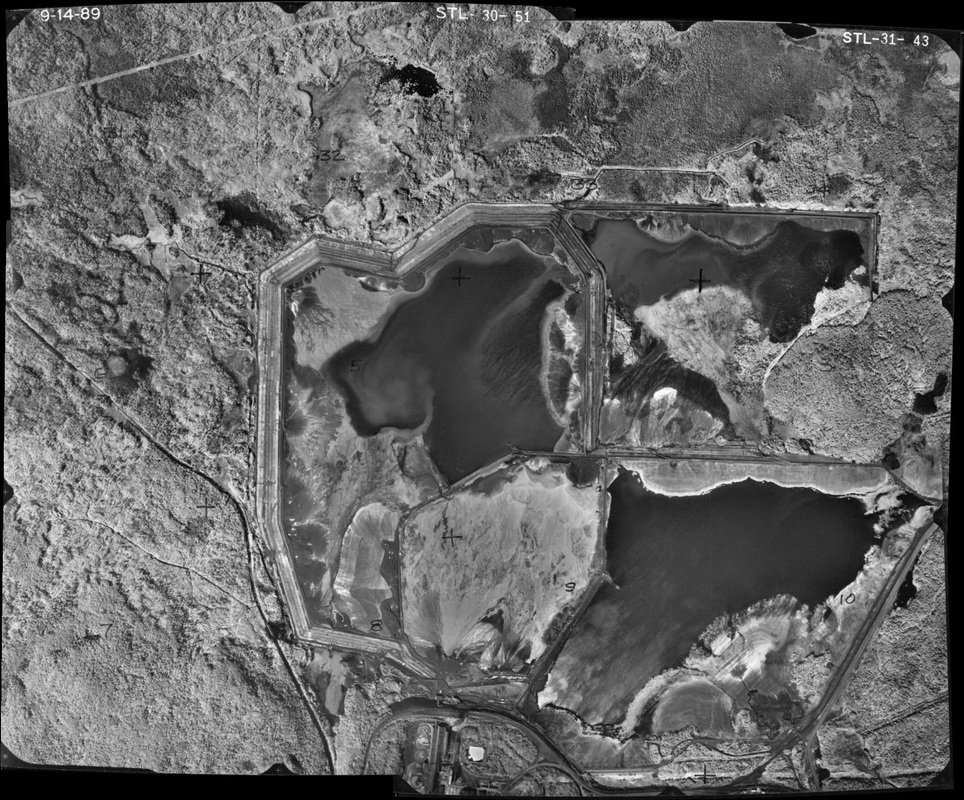
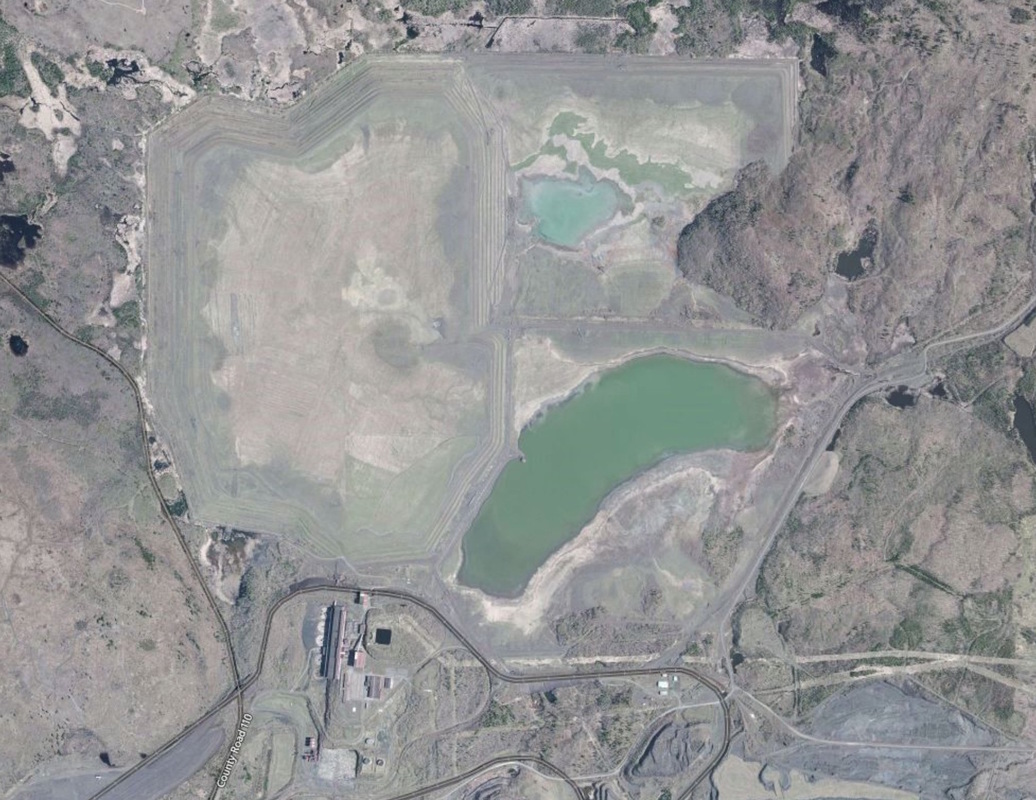
 RSS Feed
RSS Feed
